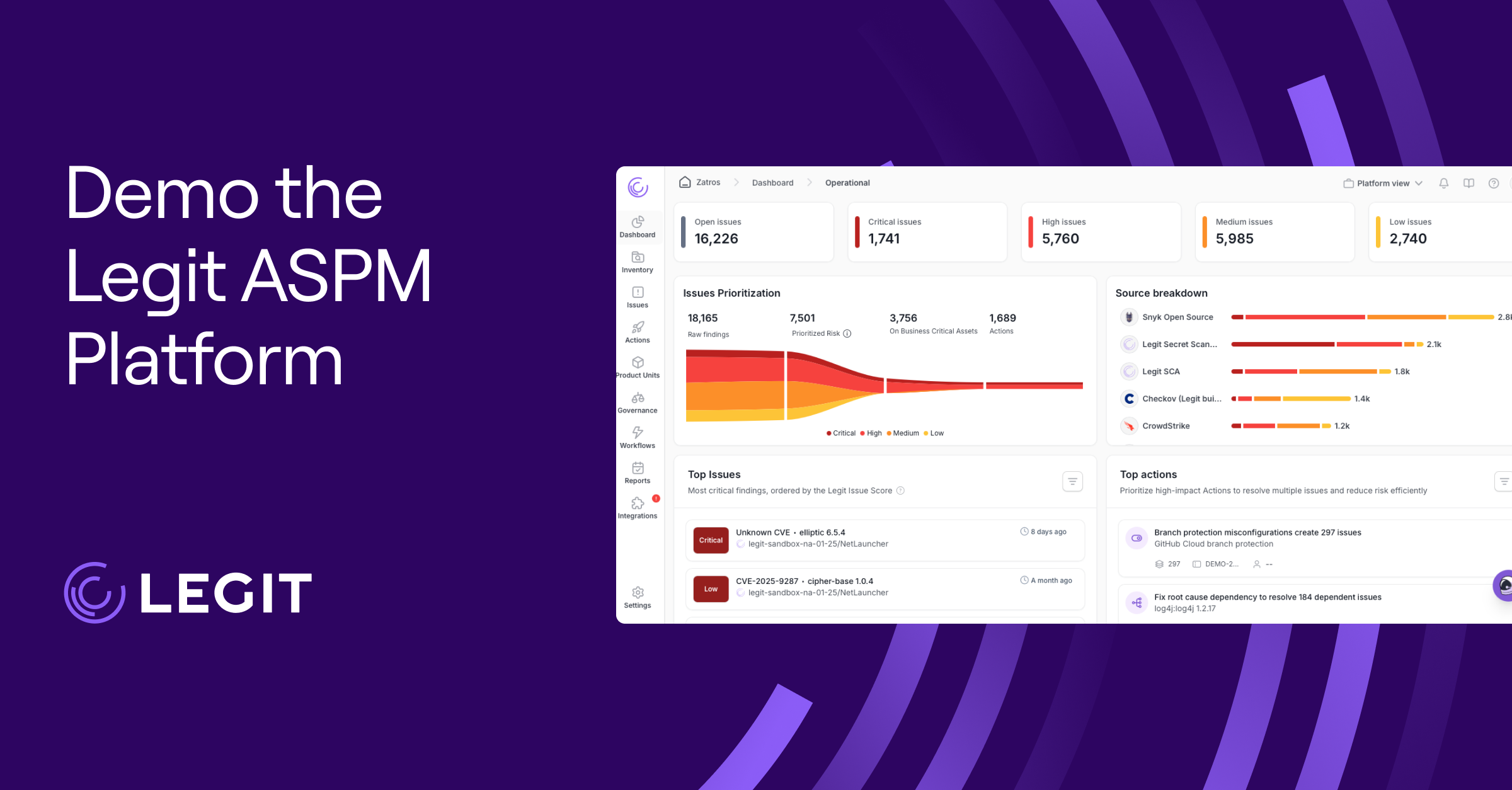Cybersecurity attacks are escalating in frequency—and cost—as the use of AI and other new technology increases. By the end of 2025, global cybercrimes are projected to cost businesses about $10.5 trillion per year. Companies must address the risk of breaches and their associated expense by taking proactive steps to protect data and boost their overall security.
The credentialed scan is one method companies can use to conduct thorough assessments and find vulnerabilities before hackers exploit them. By probing for security risks from all access points, you’re more likely to find gaps before they cause problems.
What Is a Credentialed Scan?
A credentialed scan, also known as a credentialed vulnerability scan, runs deep checks into your systems and configurations using valid login details to grant authenticated access. For example, vulnerability scanners could use admin usernames and passwords to perform detailed checks within the system. Authenticated access allows scanners to check for things like:
- Configuration drift and misconfigurations
- Installed and uninstalled software
- Registry settings
- Applied patches
- Weak permissions and security policies
- Missing updates
A credentialed vulnerability assessment can also reduce the likelihood of triggering false positives and help your security team find vulnerabilities an uncredentialed scan might have missed.
What Is the Difference Between a Credentialed and a Non-Credentialed Scan?
The main difference between a credentialed versus non-credentialed scan lies in the level of access granted to vulnerability scanners. While non-credential scans review the system from the outside, credential scanning leverages login details to see what’s going on within a system.
External or non-credentialed scans mirror how bad actors might look for vulnerabilities in a system they can’t access, including finding credentials that give them unauthorized but authenticated access to your system. For example, two hackers used “123456” as both the username and password to get into McDonald’s hiring chatbot. It took less than 30 minutes to access over 64 million applicants’ personal data.
Because hackers exploit internal vulnerabilities once they’ve broken into your system, credentialed vulnerability scanning is a more proactive approach to detecting vulnerabilities in the worst-case scenario of a breach. They aren’t a replacement for non-credentialed scans: Both types of scans work hand-in-hand to detect issues hackers might use to compromise your system.
Benefits of Credentialed Vulnerability Scanning
Credentialed scanning can significantly boost security posture and prevent embarrassing mishaps like the McDonald's data exposure. Here are some of the other major benefits your DevSecOps team might see after adding credentialed scans:
- More accurate results: Security and Operations teams reportedly waste 395 hours weekly—up to two thirds of their time—investigating false positive alerts. Giving a scanner direct access to internal systems for vulnerability and network scanning can significantly reduce time wasted on phantom threats.
- Automated support for the security team: Reducing false positives also reduces stress for the DevOps Security team. Credentialed scans make it easier for admins and CISOs to investigate escalated issues and prioritize remediation.
- Better coverage: Credentialed scans are designed to go behind the blocks a non-credentialed scan encounters. This widens the breadth of the search for security issues to provide enhanced visibility across the entire network and infrastructure.
- Improved compliance: Maintaining a strong security posture requires effective patch management and regular vulnerability scanning. External organizations setting industry standards have hopped on board and now require this in-depth scanning. For example, PCI DSS v4.0, the standard of data security for online payment cards, now requires authenticated internal vulnerability scanning.
When to Perform a Credentialed Scan
Organizations should perform credentialed scans regularly as part of their vulnerability management programs. Quarterly scans are generally considered the bare minimum for most businesses. Those in higher-risk environments, such as healthcare or finance, should consider more frequent credentialed scans.
Here are some additional instances when your team might need to perform a vulnerability scan with authenticated access:
- After major updates: Follow up system reconfigurations and big updates to your software with a credentialed scan. These updates or changes can introduce new vulnerabilities.
- New system integration: Adding a new component to your system can also create issues. No matter how strong your checklist and how precise your configurations might seem, a credentialed vulnerability scan might find gaps your team missed (especially if it’s a third-party component you haven’t extensively tested with your system yet).
- After a security breach: If you suspect or confirm a data breach, it’s important to identify every contributing factor. A credentialed scan can confirm your initial diagnosis and help you find other concerns that compounded the problem.
- To confirm remediation: If your team recently detected and fixed a security issue, run a scan to confirm you patched the security gap and didn’t accidentally open a new one. This is especially important after a recent breach to ensure hackers’ inroads have been closed.
- To meet compliance checks: It’s better to find your vulnerabilities before audits do, especially external audits conducted for compliance. Regularly running a credentialed scan can help you find and resolve issues to preserve a strong security posture. Some industry standards even require frequent credentialed scans.
- During red team exercises: Assume that hackers use similar tools to exploit vulnerabilities in your system. Running credentialed vulnerability scans can help you in a red team exercise by finding likely paths to sensitive data and blocking access.
Is Credentialed Scanning Safe? Risks and Challenges
While credentialed scans can mitigate security concerns, improper use or implementation could contribute to those risks as well. Credentialed scanners rely on authenticated access, so manage this access carefully to avoid creating an unintentional gateway to your data. The risk of breach is higher if you use high-level credentials to conduct the scans, such as admin-level access or other privileged accounts, but the scans are less effective without high-level access.
Credentialed scans can also be intrusive, potentially disrupting systems in use if you don’t configure the scans properly. For this reason, it’s best to conduct credentialed scans after major updates during non-business hours. If your business operates 24/7, work with your IT team to schedule scans when system use is lowest. You could also use network segmentation to reduce the spread of any issues caused as you scan different parts of the system.
You can minimize risks by following these best practices:
- Use strong authentication and limit privileges to only what’s needed.
- Rotate and protect credentials to mitigate risks related to misuse.
- Don’t store the credentials used for scanning on systems, as hackers may find them and exploit this information.
- Monitor and log all access systems during scans to detect and respond to unauthorized activity.
- Ensure your Security and DevOps teams are on standby during and after the scan to resolve any issues it might uncover.
Enhance Credentialed Scanning With Legit Security
Legit Security strengthens the effectiveness of credentialed scans by helping you integrate them into the entire software development lifecycle (SDLC). Our security platform provides continuous visibility into your development and security pipelines, so your team can streamline the vulnerability management process and enforce your security policies from code to cloud.
Request a demo today to get started.
Download our new whitepaper.


